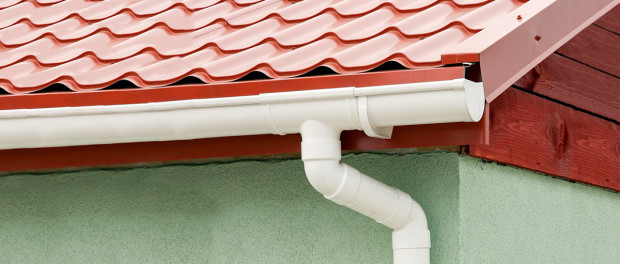How to Fix a Leaky Basement

Do you have a wet basement? It’s time you found a technique for basement leak repair that actually sticks. The first step is understanding the different causes for a wet basement, and what solutions may be available for you.
How Leaky Basements Happen
Groundwater is one of the most common sources of basement leaks. Essentially, years of rainwater and moisture collect in the ground. Over time, basements and crawl spaces face so much hydrostatic pressure from the outside that basement walls and floors constructed out of poured concrete and concrete blocks can crack!
Another source could be condensation coming from improperly insulated plumbing or washing machine pipes. Over time, they add considerable moisture and humidity in the basement air.
Why Fix a Leaky Basement from the Inside
Waterproofing can either be done from a basement’s positive side (the side facing the water), the negative side (the other side of the water) or both.
But, accessing the positive side of a basement can also be extremely expensive, since the basement would need to be excavated for waterproofing contractors to gain access. That’s why some waterproofing experts may recommend that clients fix their leaky basement from the inside.
But before you can find out what method works for you, there are a few measures you can try for fixing a leaky basement.
-
Avoid Waterproofing Paint
Waterproofing paint is just a surface-area fix that’s far from durable. Waterproofing paint eventually chips off, and when they do, they form a surface that mold and mildew can grow on.
-
Install a Drainage System
A basement drainage system can help you prevent basement flooding from rainstorms, broken pipes and more. A drainage system like a sump pump will cost some money and require you to break through the basement floor, but it could save you in thousands in basement leak repairs.
-
Seal Wall Cracks
Most leaks happen in the joints where the basement walls and floors meet. But they also happen in the cracks in the concrete, which are only reliably fixed with a strong, durable sealing agent.
Every basement will shift, expand or shrink over time, so the sealing agent should also be flexible enough to move with the basement.
Working with the right waterproofing contractor can help you find a basement leak solution that’s truly permanent. WICR uses a crystalline system such as Aquafin or a polyurethane grout injection system such as DeNeef or Sika. These systems can be injected through the cracks from the inside, completely filling all the cracks from little capillaries to wide gaps.
These products can also bond to the walls, and they can be activated by water. That means they can cure quickly to form a waterproof seal. Keep in mind, not every basement is a candidate for negative side waterproofing, but a certified waterproofing expert will be able to let you know if it’s appropriate.
-
Check the Soil Around Your Property
Sometimes, the soil around your property can settle like a moat, creating a perimeter of water that eventually leaks into the basement walls. Features like gravel and lawn edging can also form a dam.
One way to prevent these dams from collecting water would be ensuring that the ground slopes away from your property. You can do this by raising low spots with compactable fill covered with poly sheeting.
-
Extend Your Downspouts
Downspouts are the pipes that carry rainwater from the rain gutter. Extending a downspout may ensure that none of the rainwater is being reintroduced to the ground close to your property.
A leaking basement is not an inevitability. You should be able to rest easy knowing that your basement isn’t being worn down by bad weather or shoddy construction. But to get there, you need to work with expert waterproofing contractors. Contact WICR now for a consultation, and one of our certified experts can find out which solution works for you.
